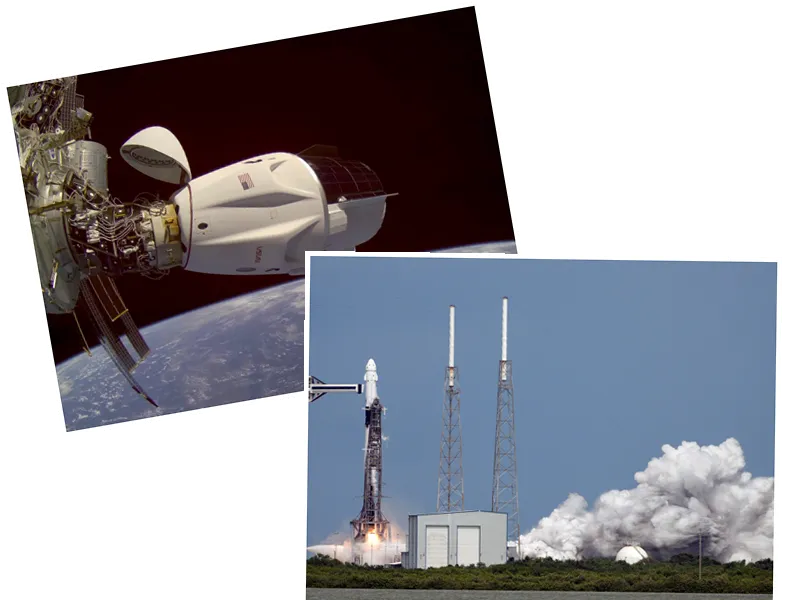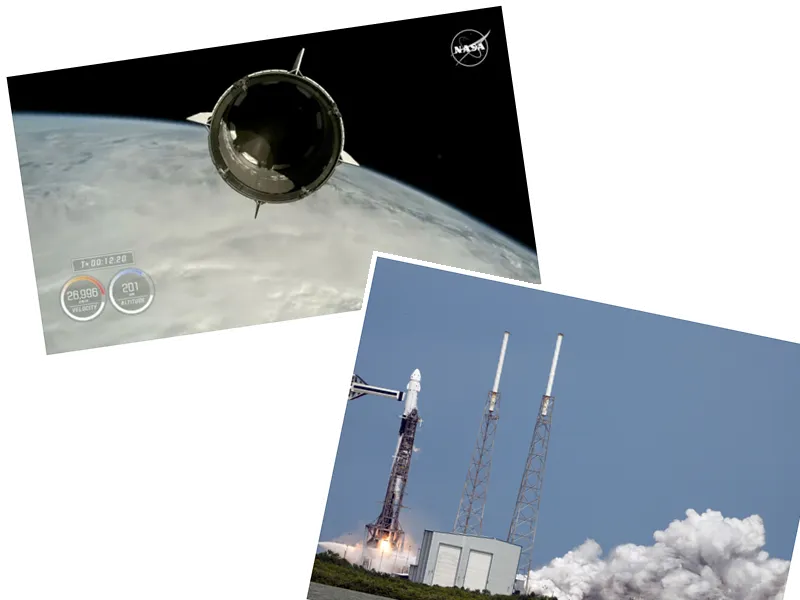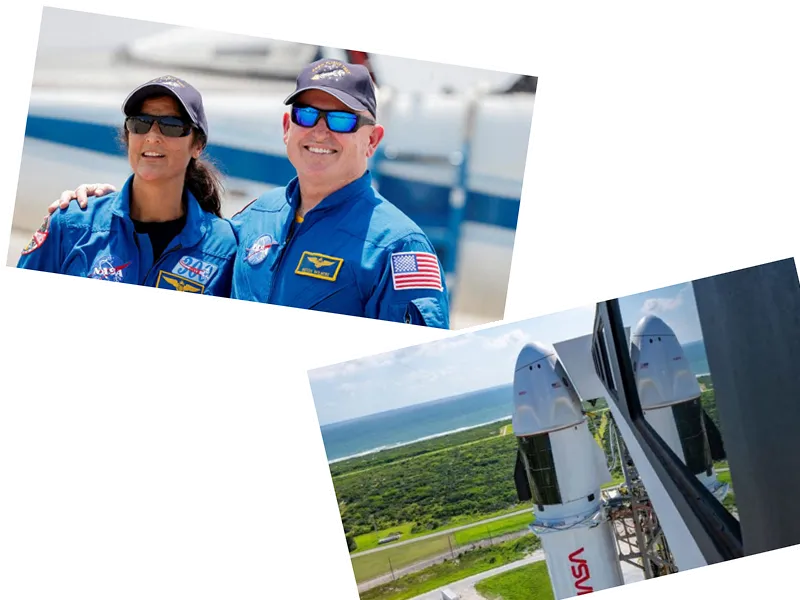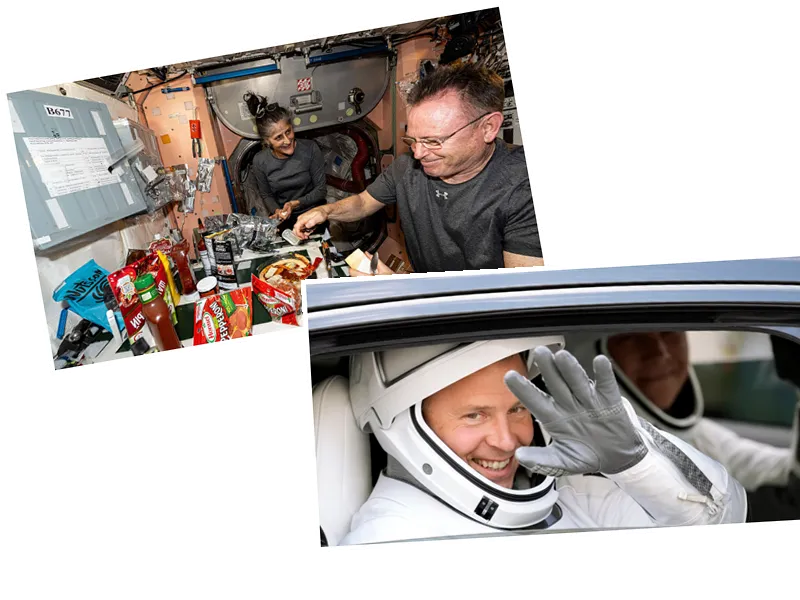SpaceX's Crew-9 Mission Launches to Rescue Astronauts at ISS
SpaceX's Crew-9 mission successfully launched on Saturday, September 28, 2024, at 2:17 p.m. from Cape Canaveral, Florida, marking a significant moment in the ongoing collaboration between NASA and SpaceX. The mission, which was originally set to carry four astronauts, saw a reduction in crew size due to complications with Boeing's Starliner spacecraft. Instead of the planned four crew members, only two astronauts, NASA's Nick Hague and Russian cosmonaut Alexander Gorbunov, embarked on this critical mission to the International Space Station (ISS).
The Crew-9 mission was necessitated by the prolonged stay of NASA astronauts Butch Wilmore and Suni Williams aboard the ISS, who were initially part of a test flight for Boeing's Starliner. Due to propulsion system failures on the Starliner, their return was delayed, and they have now been integrated into Crew-9, extending their stay on the ISS to approximately eight months. This unprecedented situation arose after the Starliner was deemed unreliable for carrying crew back to Earth, prompting NASA to utilize SpaceX's Dragon spacecraft for the return.
NASA and SpaceX Collaborate Amid Challenges
NASA's decision to send Crew-9 with only two astronauts was a direct response to the ongoing challenges faced by Boeing's Starliner program. The spacecraft, which had been expected to return Wilmore and Williams after an eight-day mission, encountered multiple propulsion failures, leading to extensive testing and analysis. Ultimately, the Starliner returned to Earth unmanned on September 7, 2024, confirming concerns about its reliability for crewed flights. NASA's Steve Stich stated, “If we had had a crew on board, we would have followed the same sequence of separation from the ISS, the same ignition of the engines to deorbit the ship and executed the same reentry. So it would have been a safe and successful landing.”
With the Crew-9 mission, NASA aims to maintain a continuous presence aboard the ISS, while also ensuring the safe return of Wilmore and Williams. The astronauts will conduct around 200 scientific experiments during their extended stay, contributing to the ongoing research efforts at the ISS. The mission's success underscores SpaceX's crucial role in NASA's commercial crew program, particularly as Boeing continues to address the challenges facing its Starliner spacecraft.
As the only commercial provider for crew transportation to the ISS at this time, SpaceX's continued success in manned missions is vital for future space exploration. NASA is expected to announce further details regarding the Starliner program's modifications and potential future launches in the coming months.





